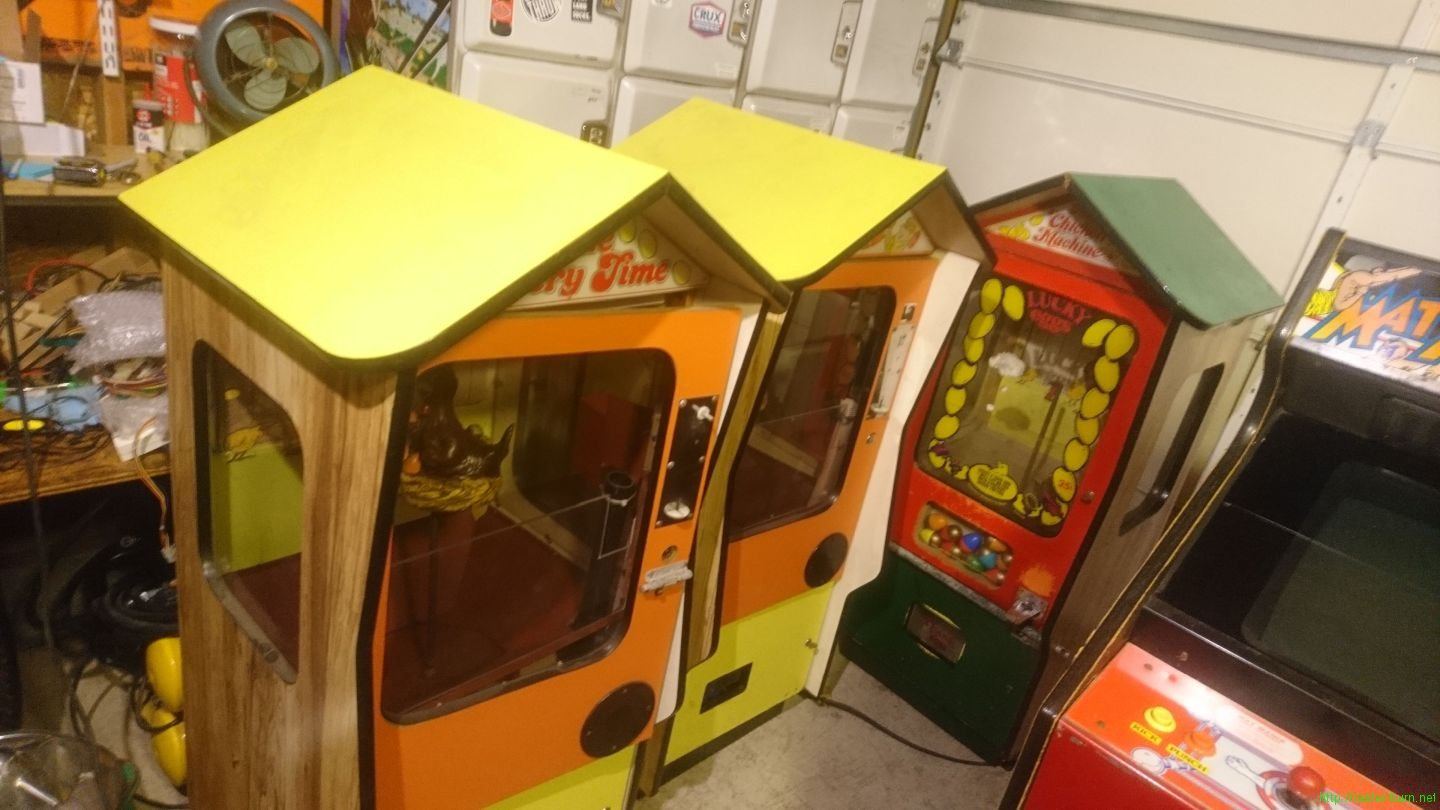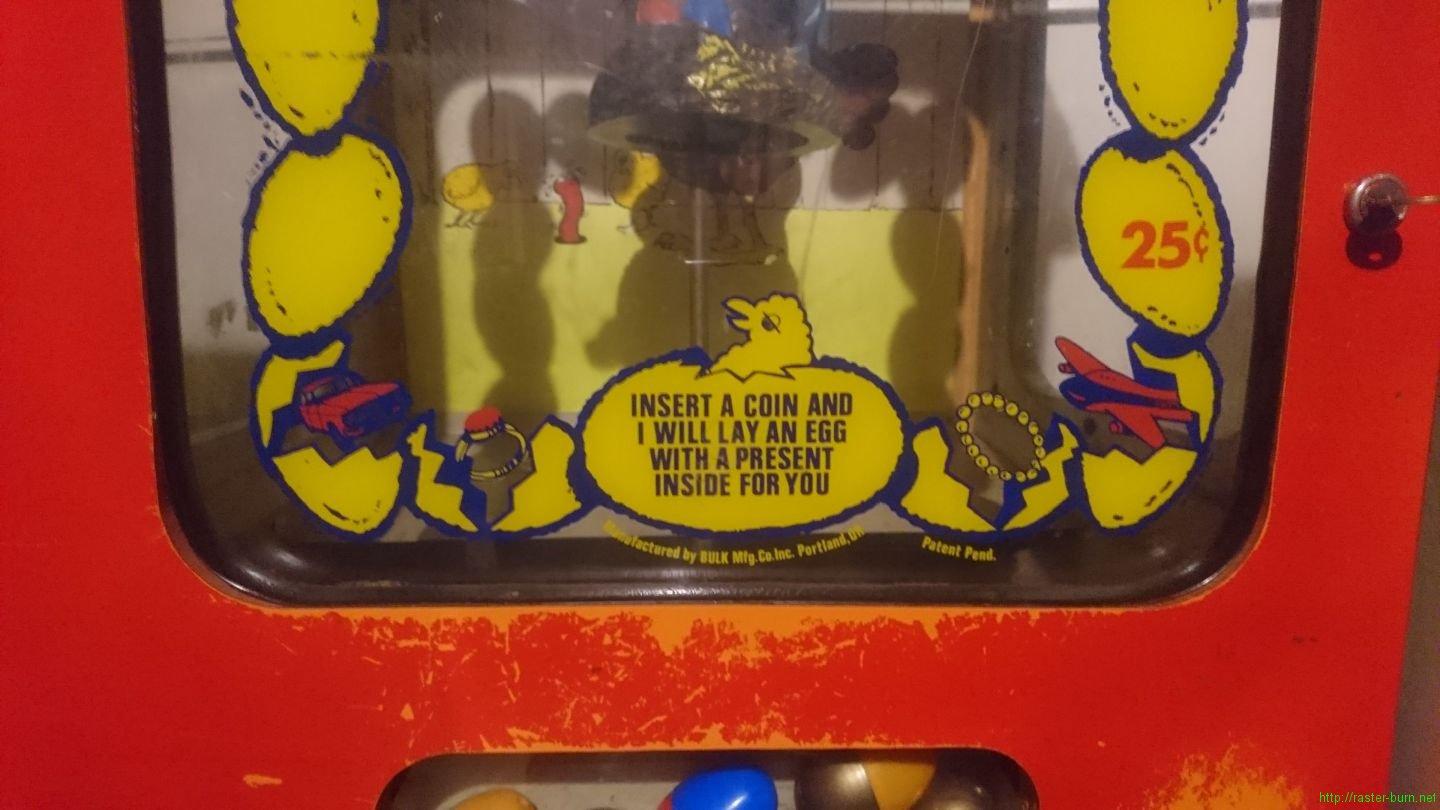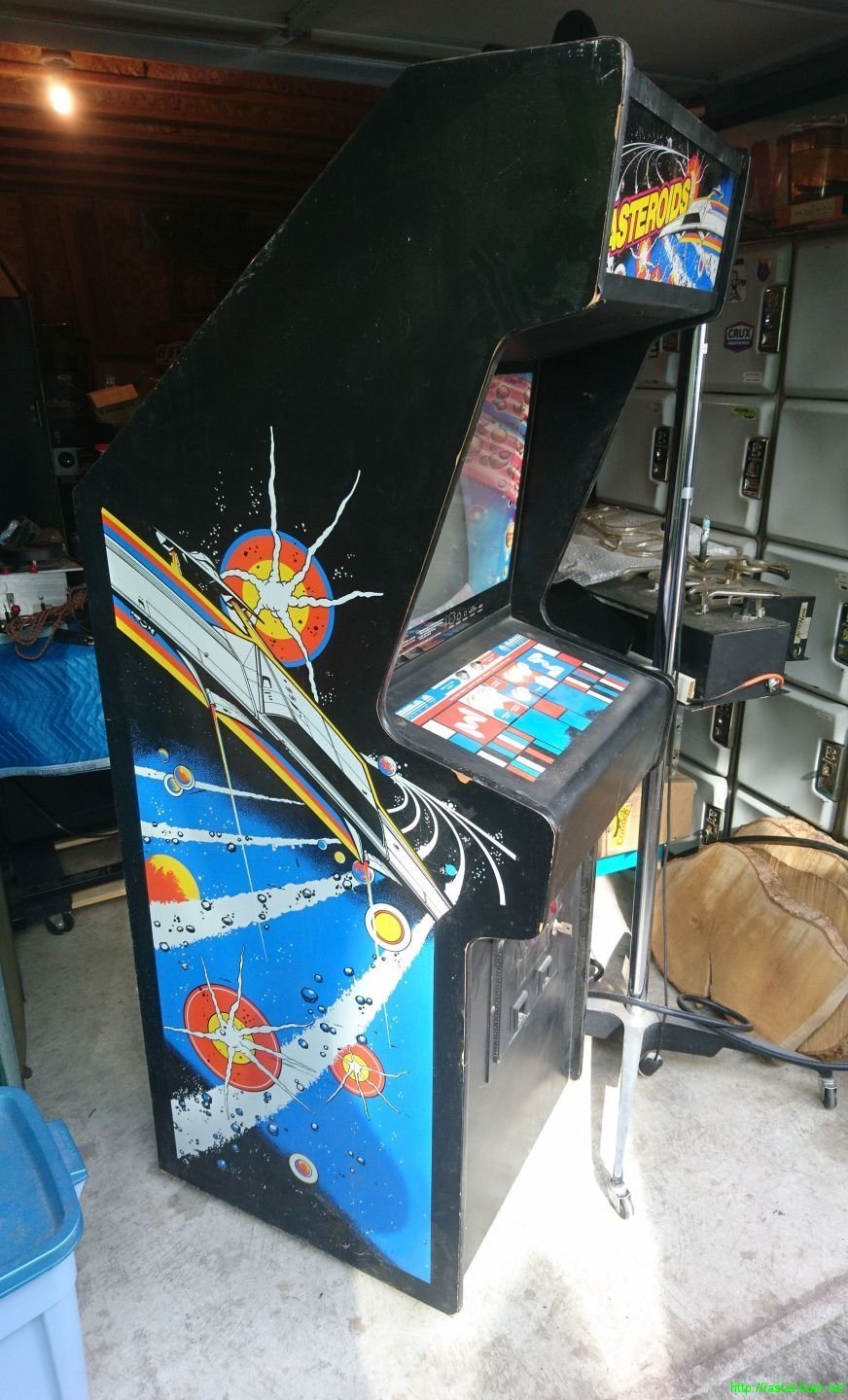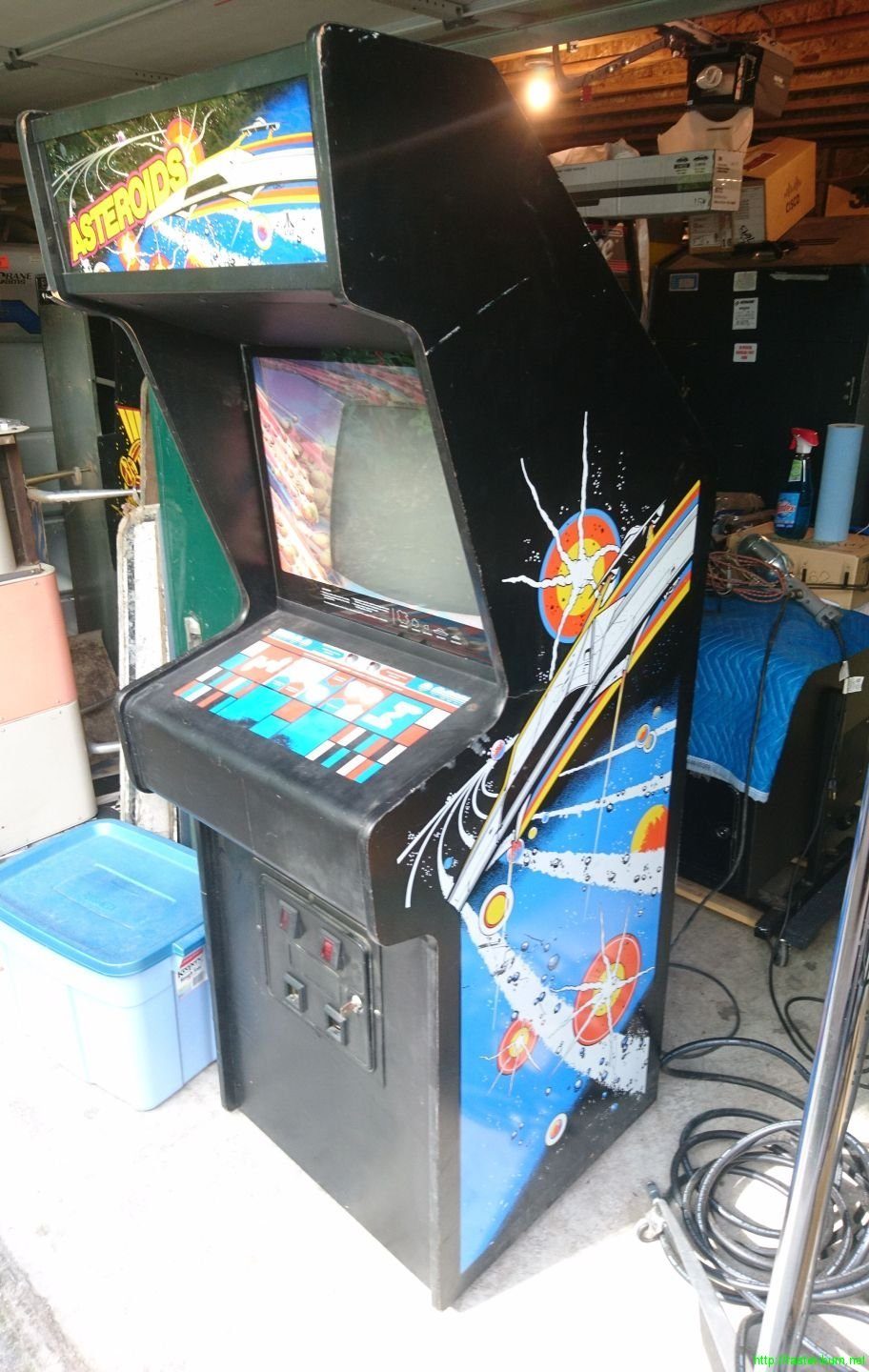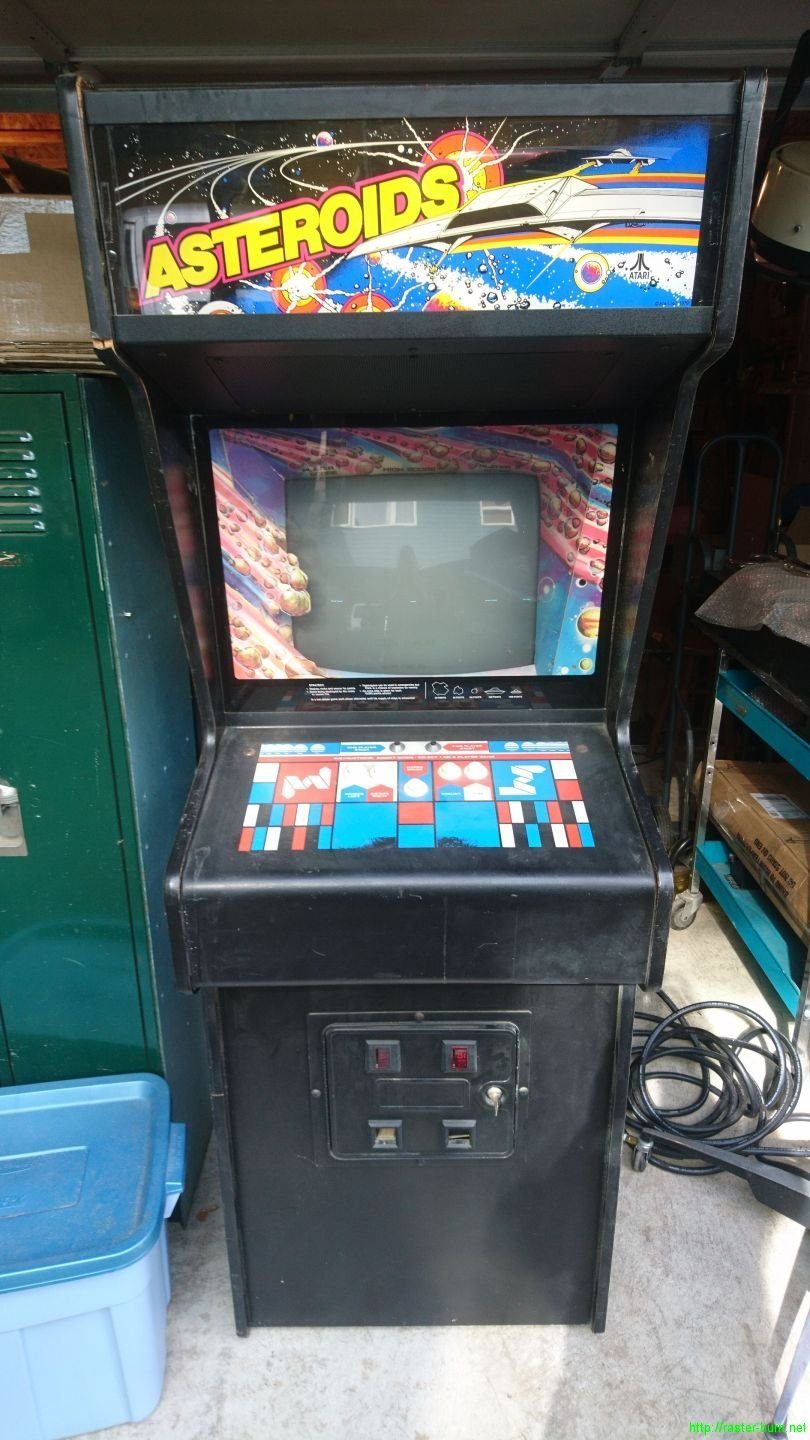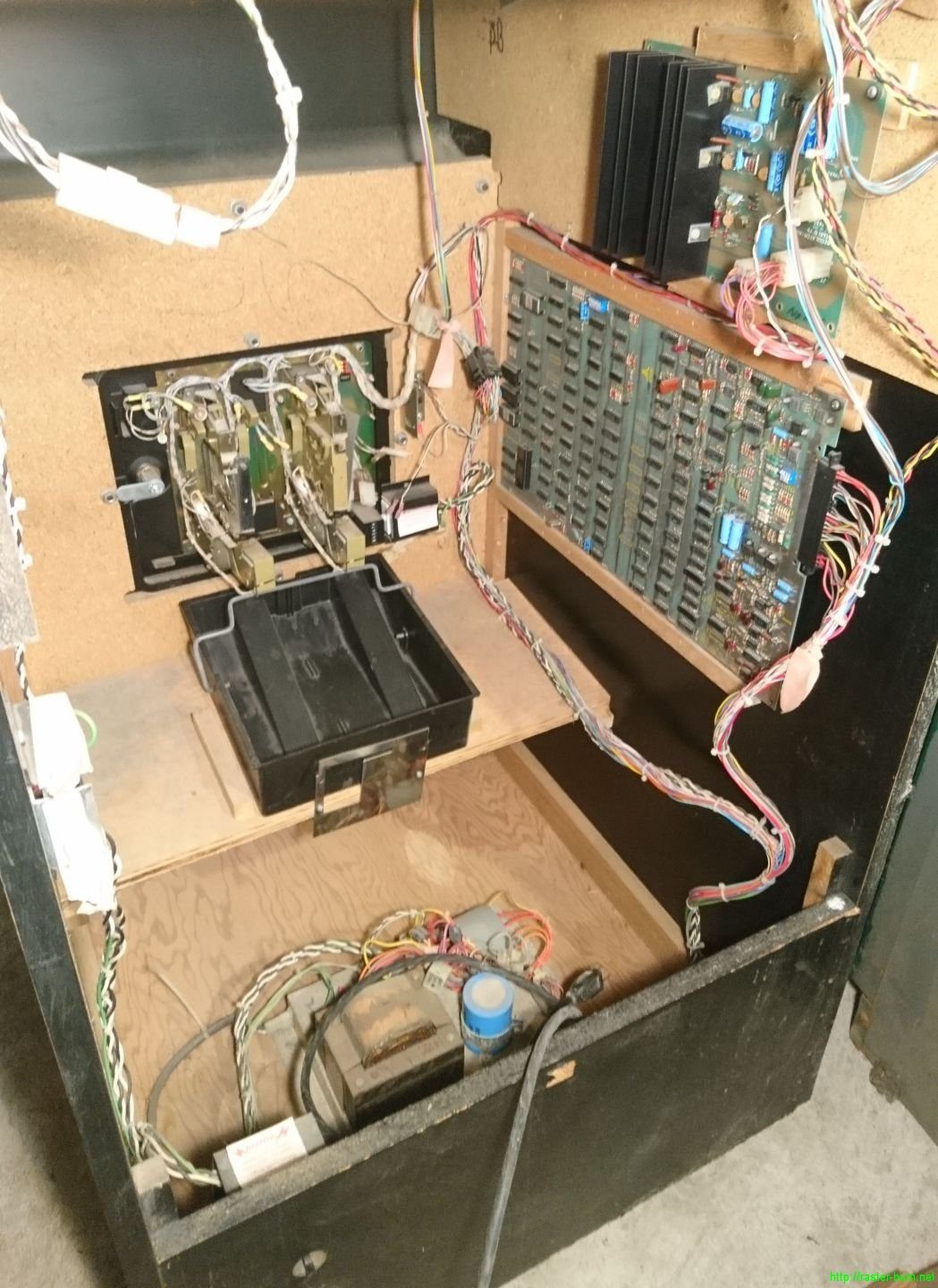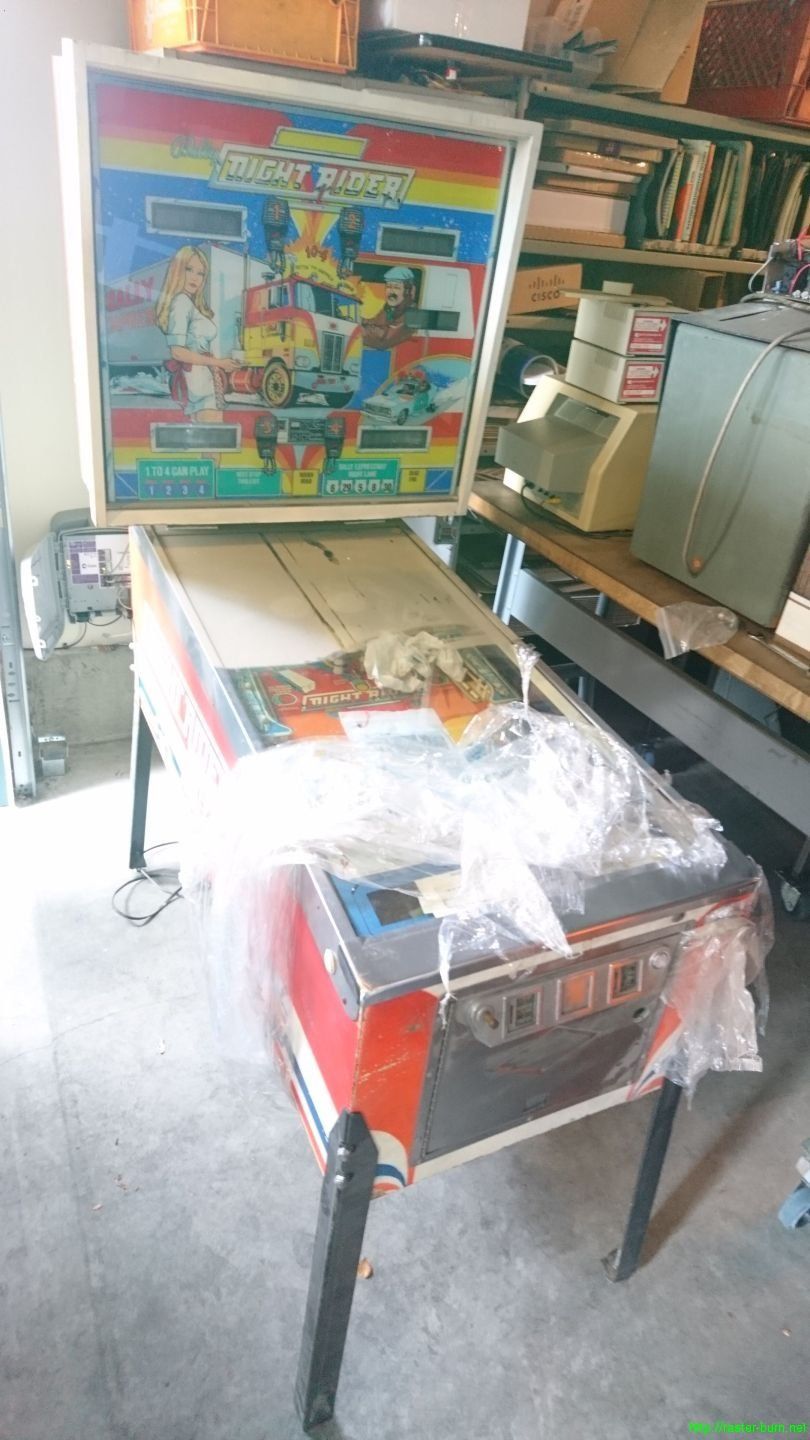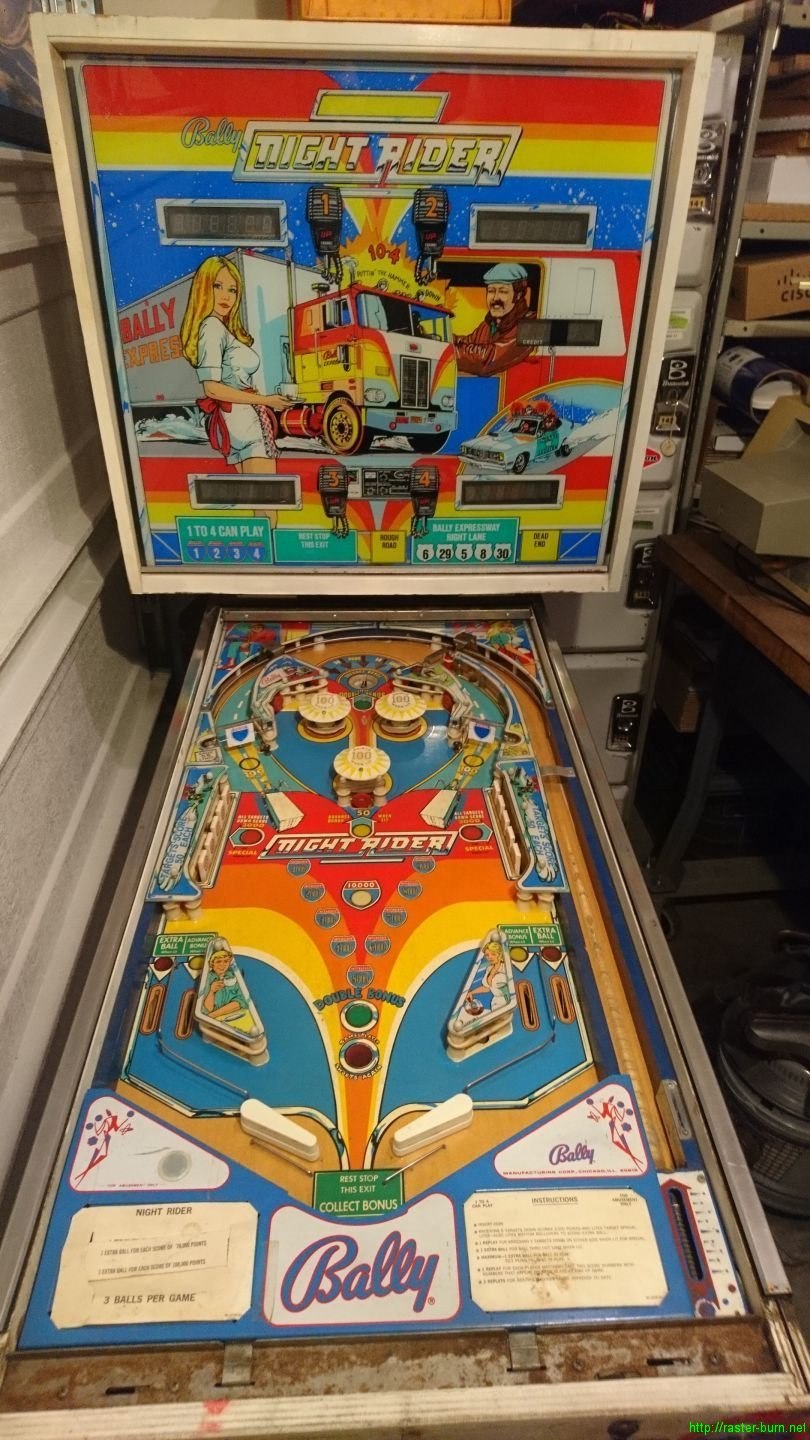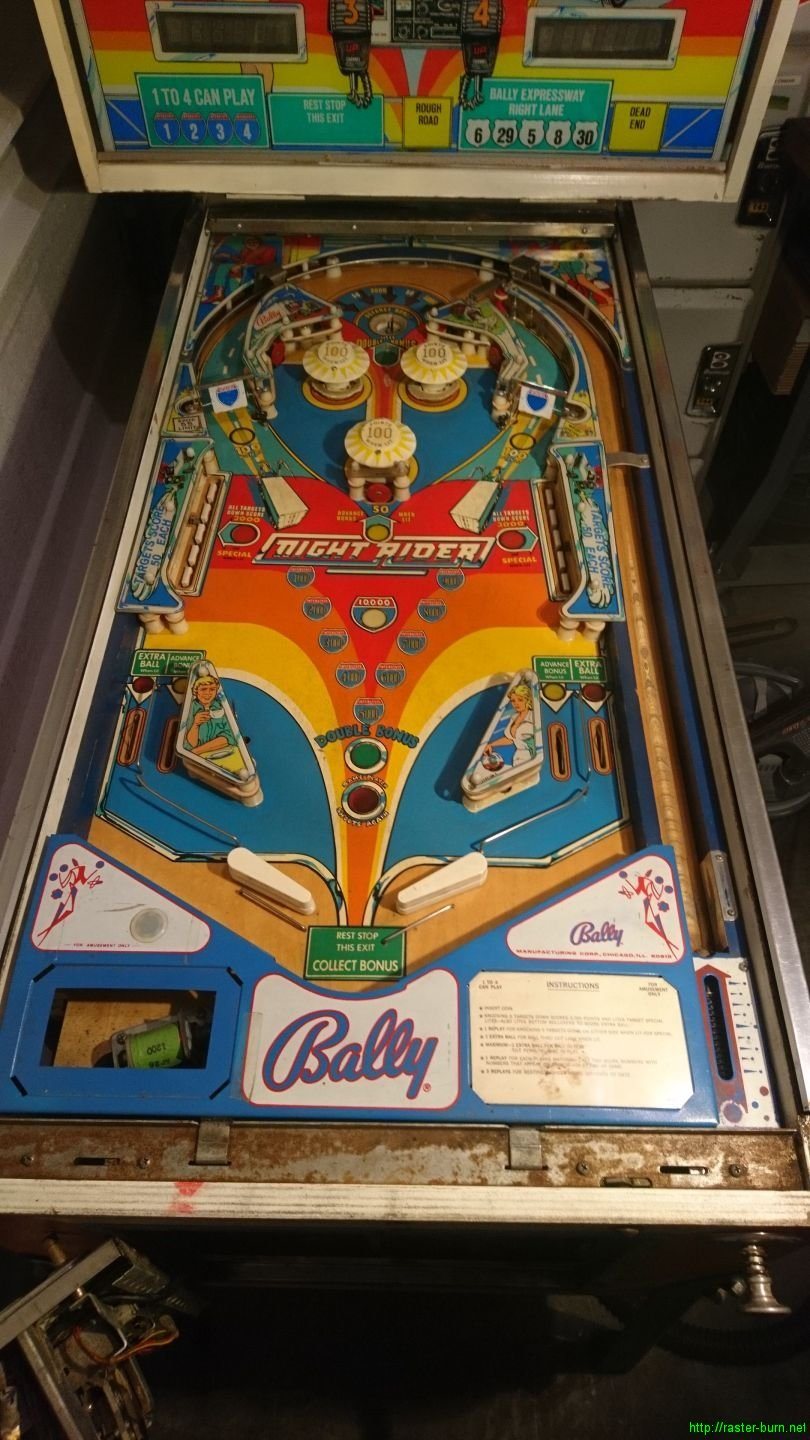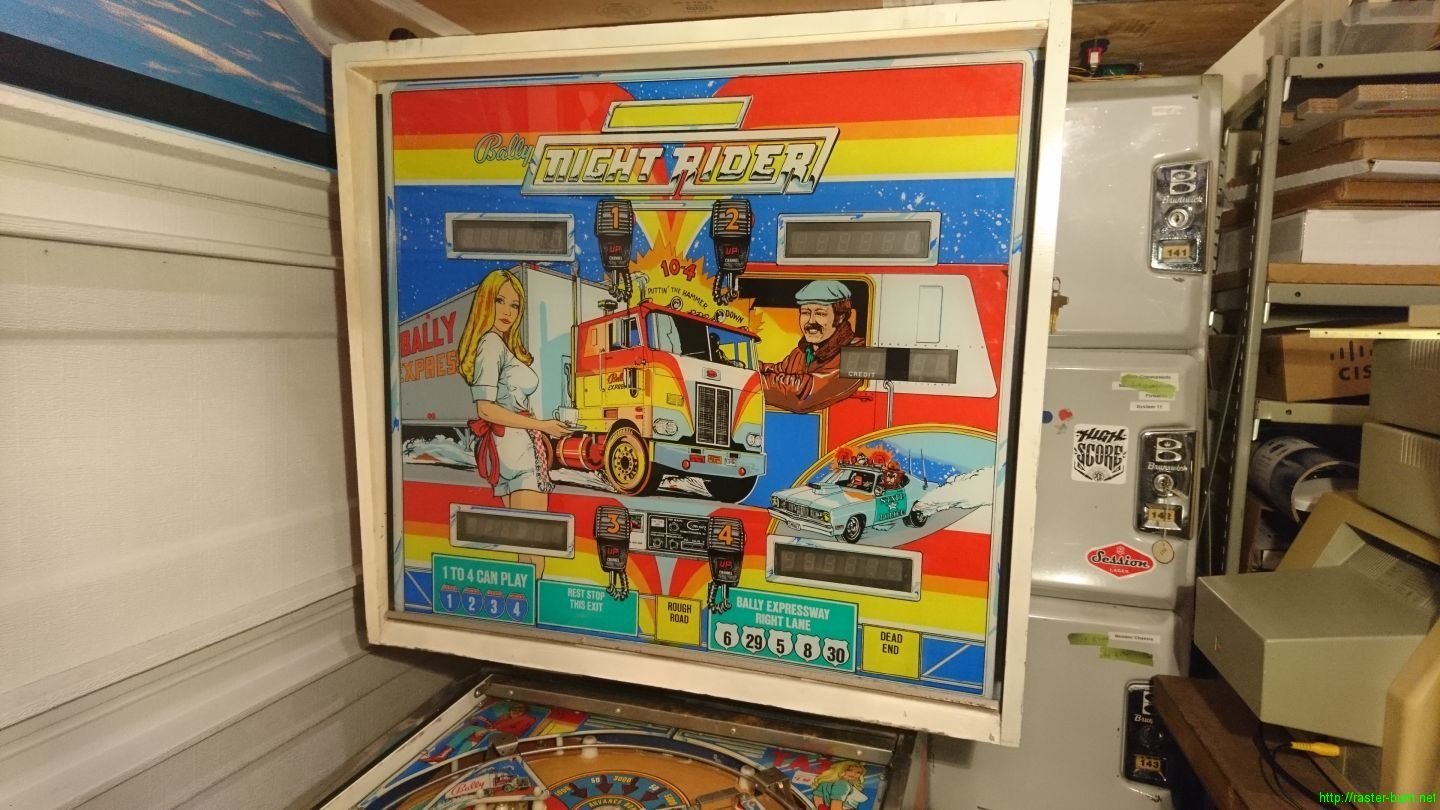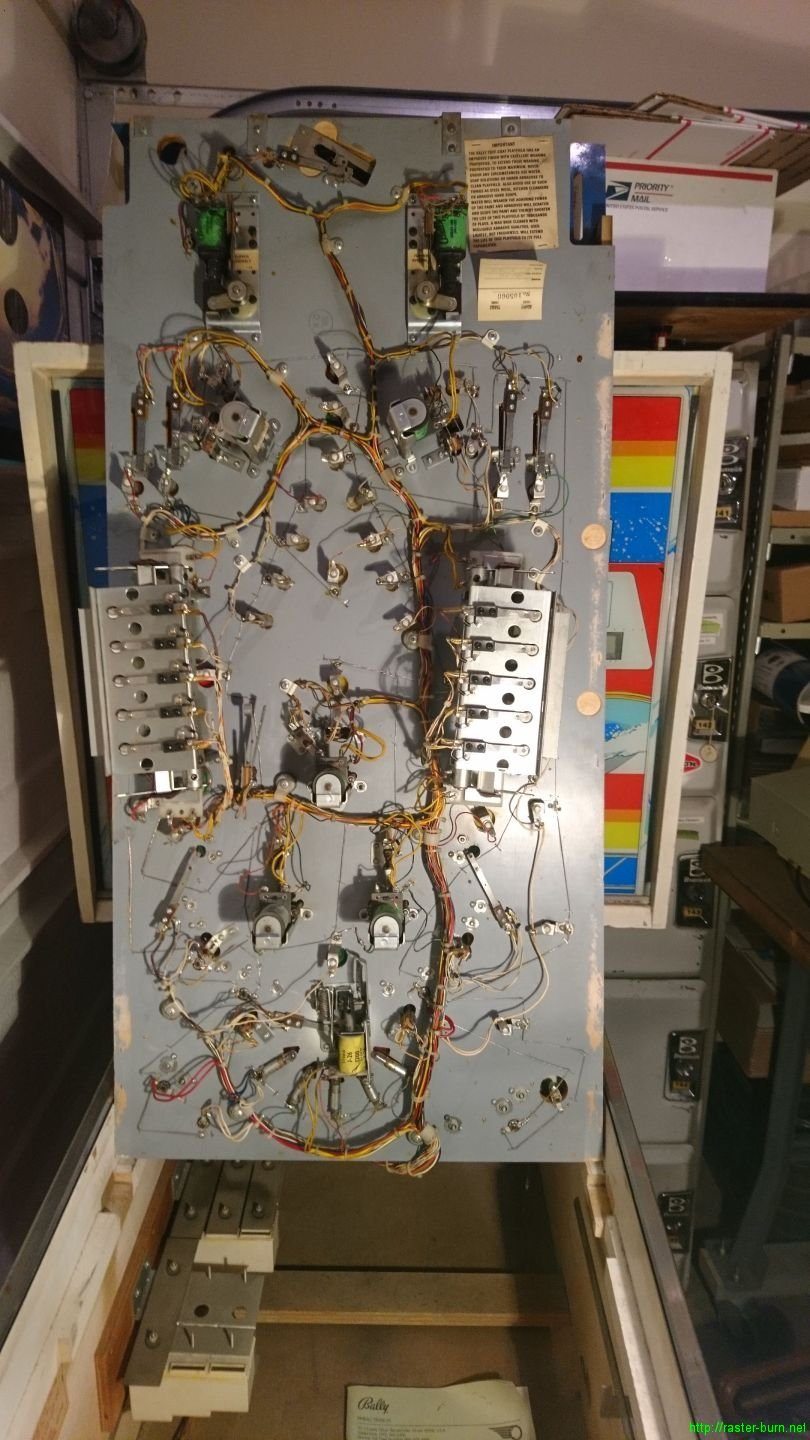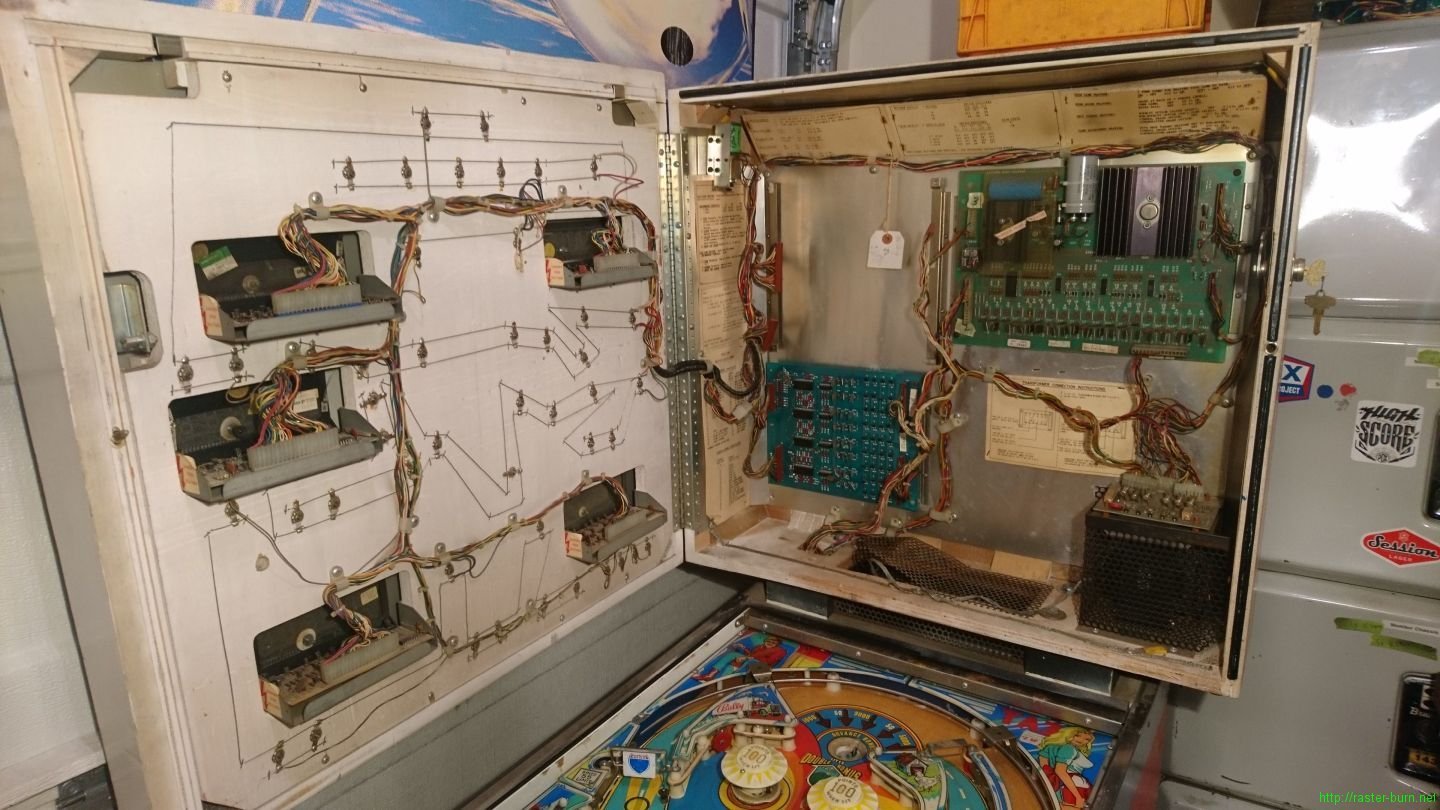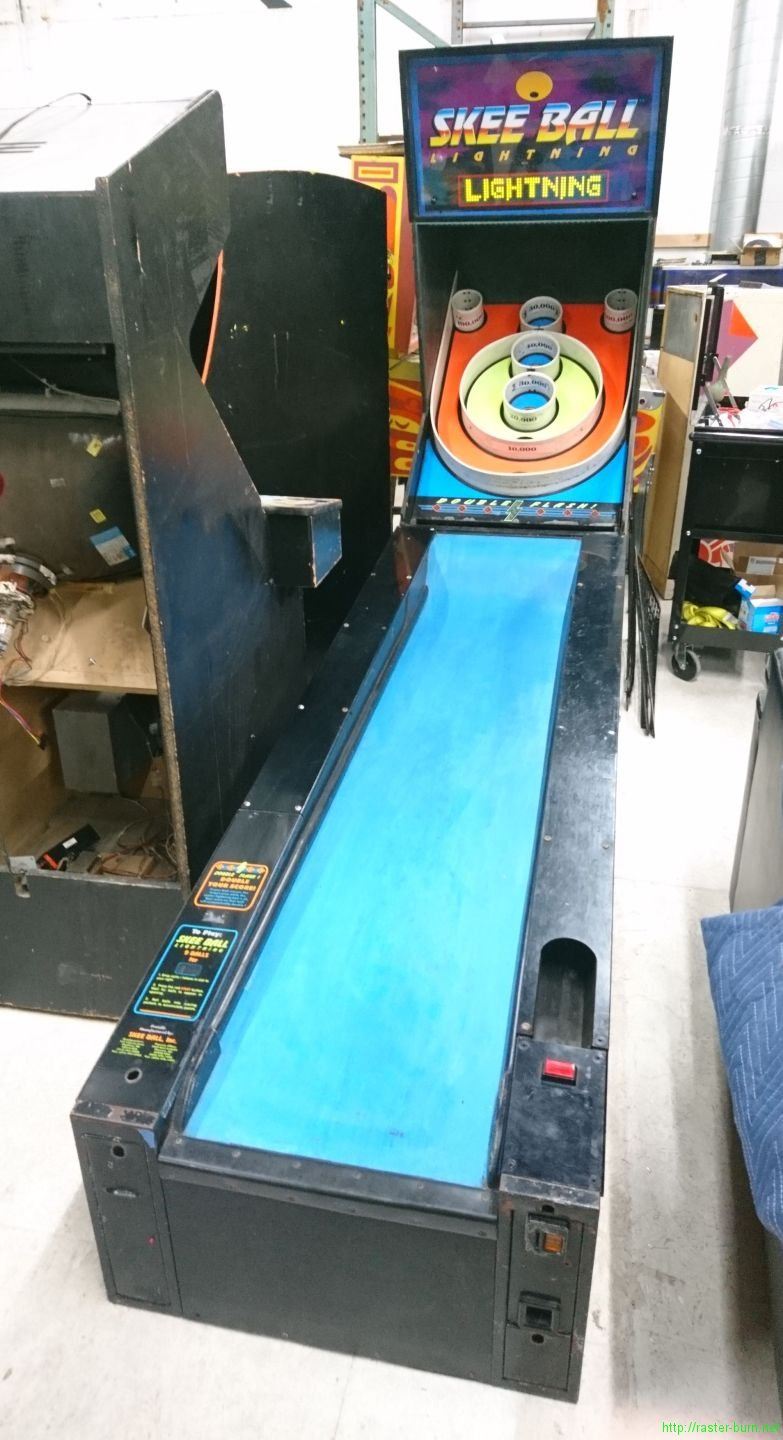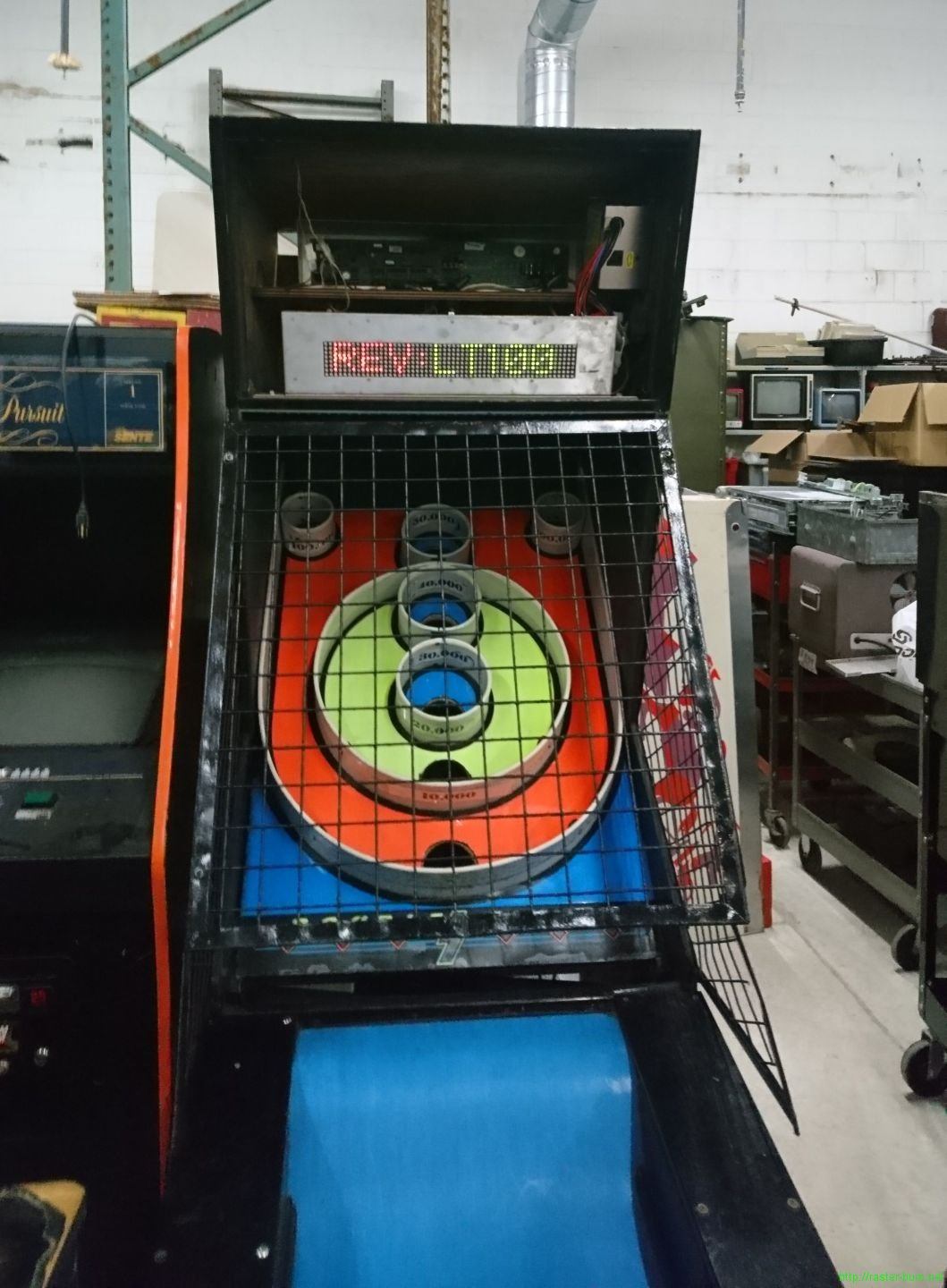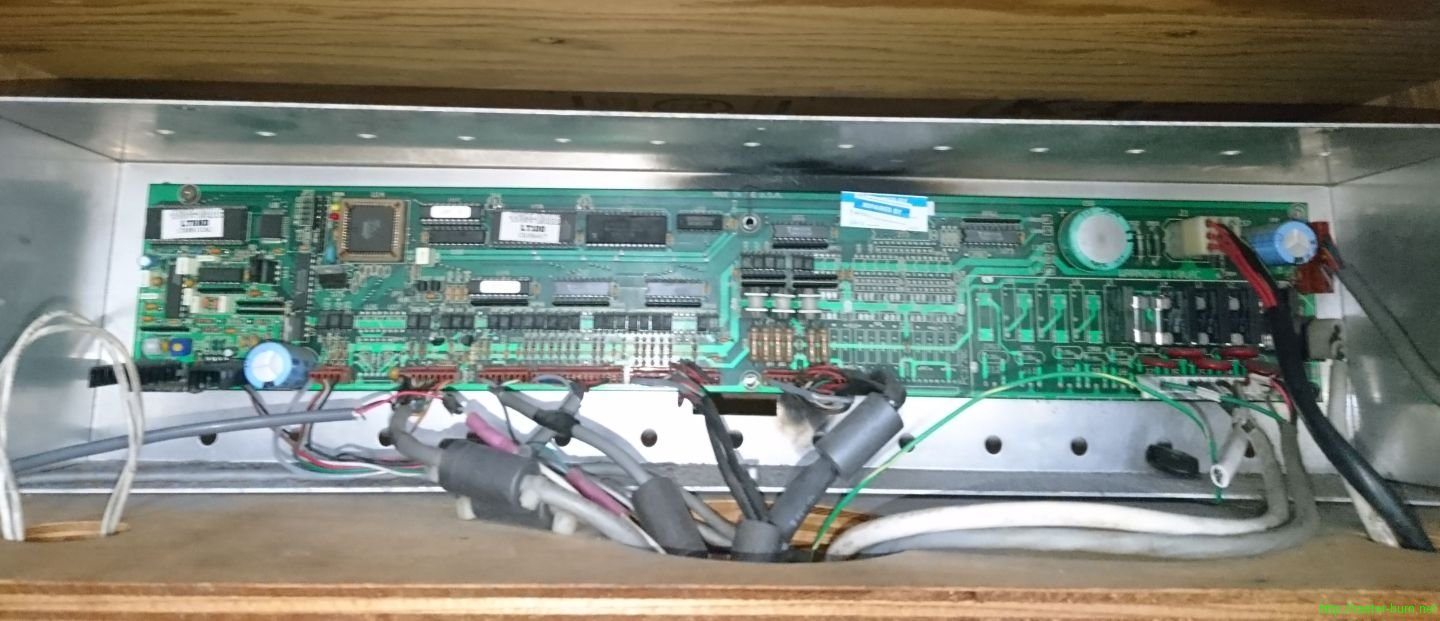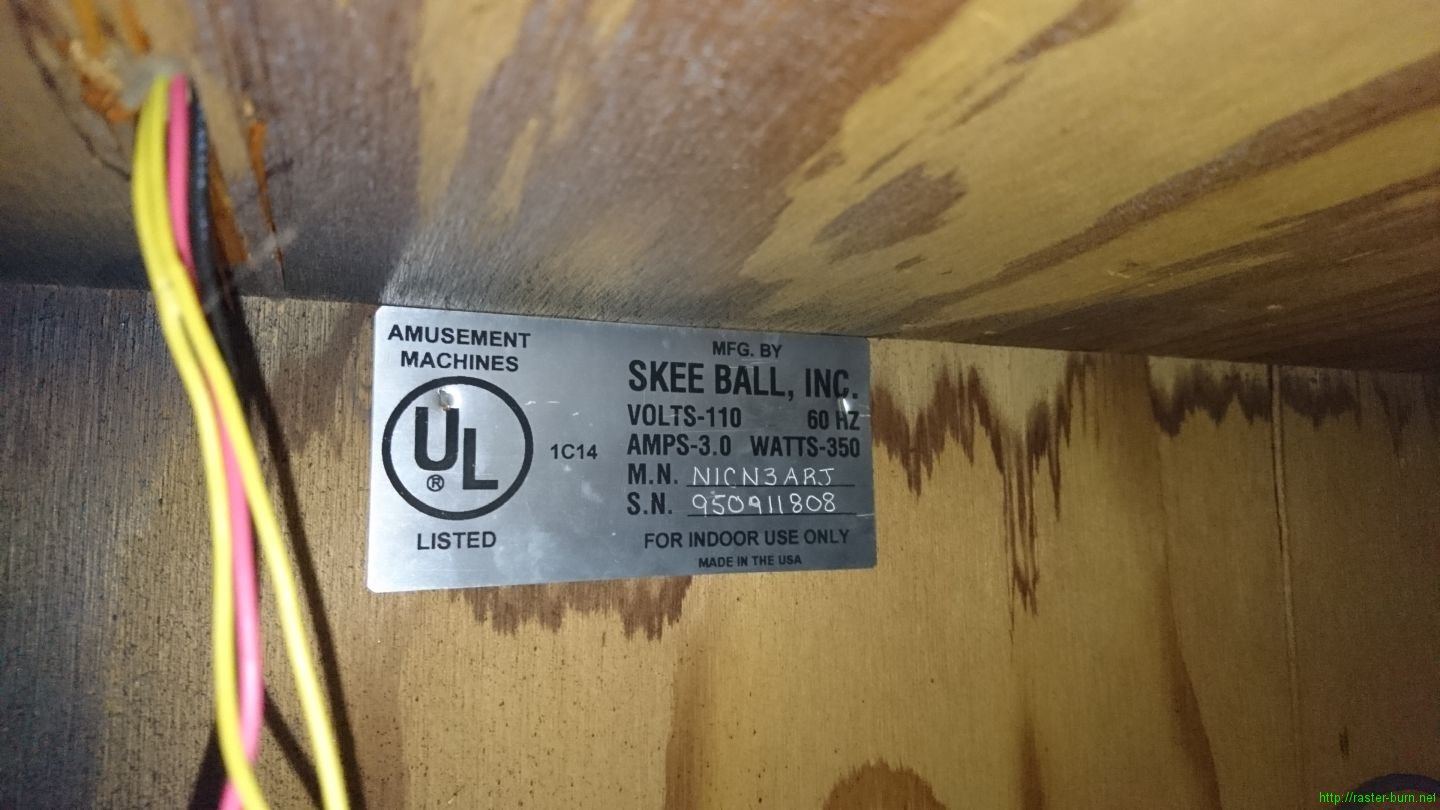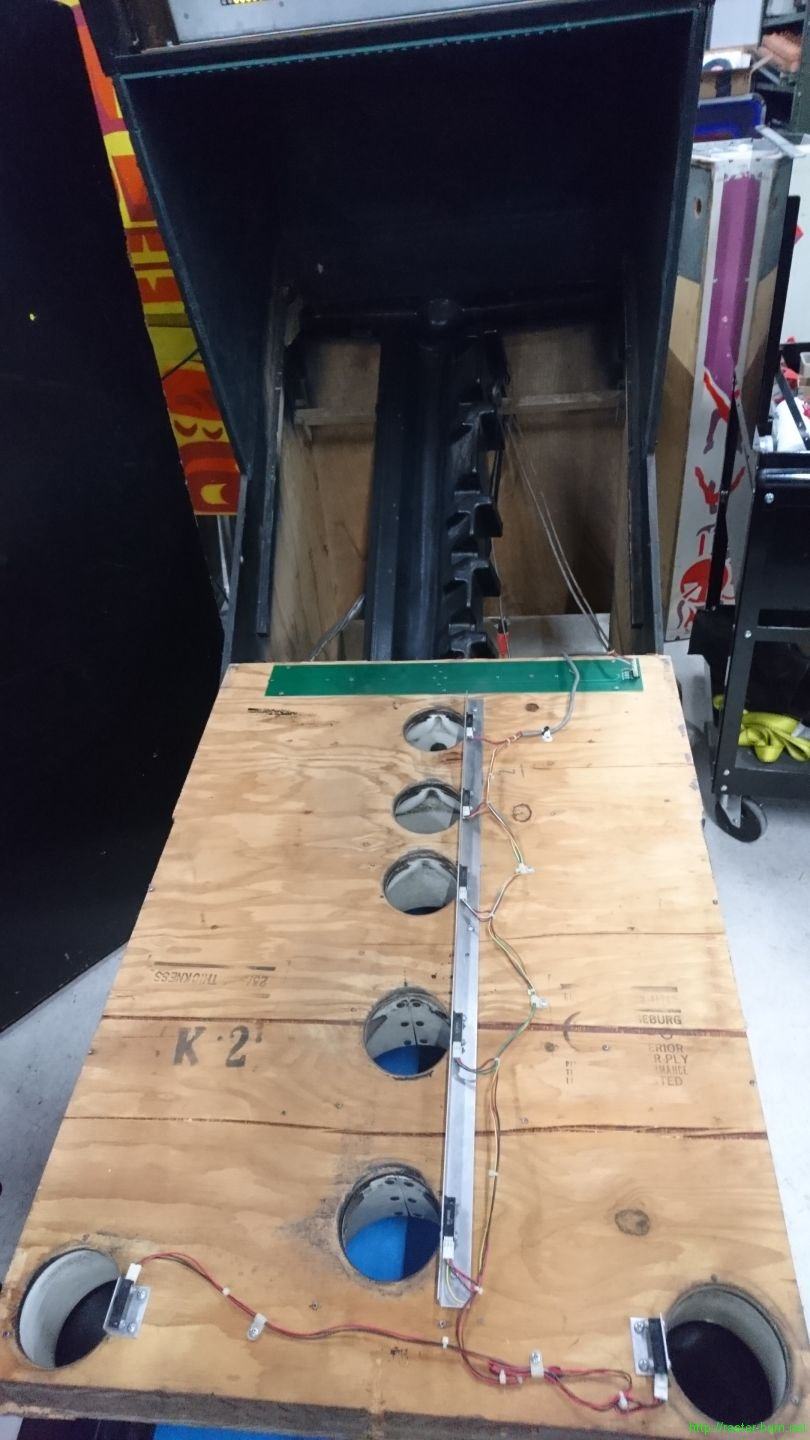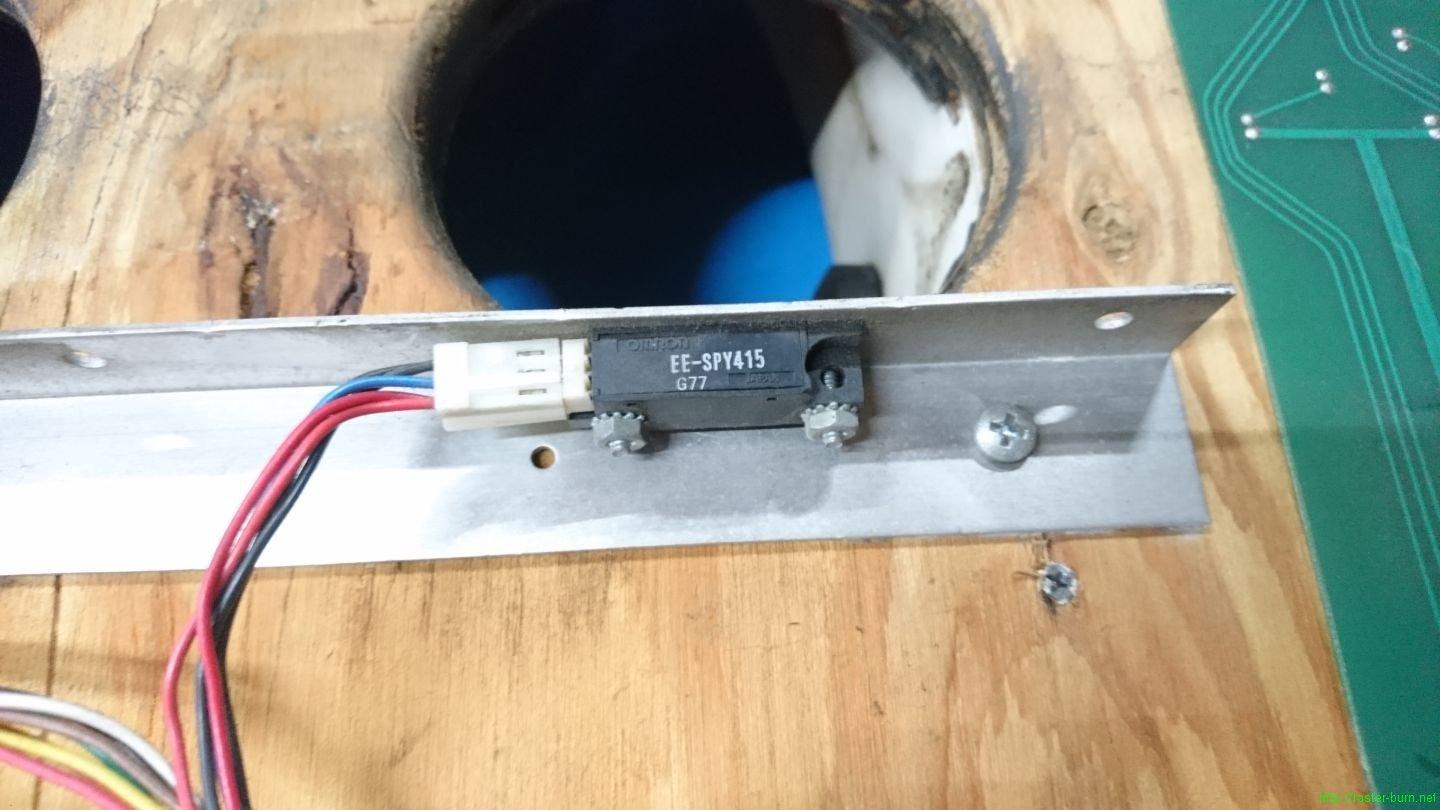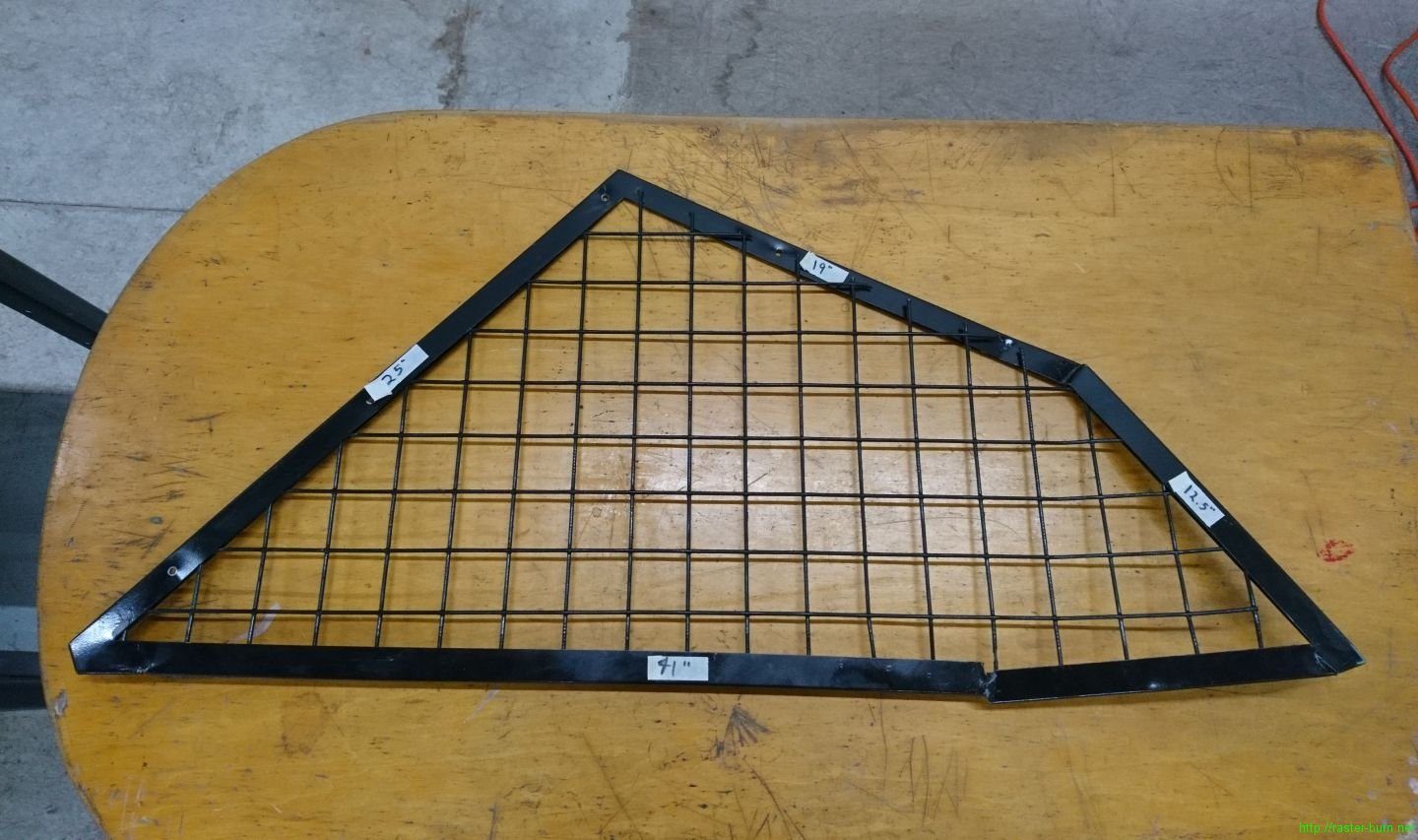Remember these things?
Tag Archives: arcade
Pandemic Projects – 1977 Bally Night Rider & 1979 Atari Asteroids
Haven’t been getting out of the house much these past few months except to get groceries, what with that deadly global pandemic and all. But I’ve masked up and made a few exceptions to pick up a couple more projects to keep busy with while I’ve got all this indoor time.
First is this wonderful condition 1979 Atari Asteroids upright, found out at the coast. The owner had bought it from a mall arcade many years ago and had it in a spare room, and was selling it now as they began home renovations and were tired of it getting in the way. It plays but the monitor image is collapsed and the sound is missing. Pretty typical issues for this game, with well documented repairs, and the price was very sweet.
Second is this 1977 Bally Night Rider. My dad has had one of these around since before I was born and I was fascinated by it even before I could reach the flippers. I’ve wanted one of my own for quite a while, but hadn’t had any luck, missing out on two that turned up locally in years past. I put another want ad up a bit ago though, and got a promising lead from a local operator. Agreed to a deal sight unseen since it was buried in storage. Once I got it home and cleaned up I was pleasantly surprised.
Cosmetically it’s in great shape aside from some wear up in the pop bumpers, back glass is minty. “Needs boards” turned out to mean just an MPU, everything else is there and looks usable.
1990s Skee Ball Lightning N1C
I parted ways with my Williams Scorpion and Big Guns in December, and as part of the deal on those took a pretty beat up but complete 1990s Skee Ball Lightning in trade. I thought it would need a lot of work but it was actually a pretty simple thing to revive.
The main issue with it was a bad power supply, which I received separated from the machine, heavily corroded, and caked with dust. I didn’t even bother testing it and just ordered a fresh Happ Power Pro 200W supply and threw that in. It connected right up, but on powering the cabinet only the red LED came on and stayed steady.
I’d done my homework and knew these machines need a higher +5V input voltage than most equipment. The Happ unit was set for 5.25 volts out of the box, and I had to crank it up to 5.6 volts to get the controller to boot (the test point on the board is in fact labeled 5.6V!). Once I did that it cycled through all of the LEDs, settled on green, and after a few moments greeted me with “Have a nice day”.
Now it would play but I still had no output on the dot matrix display… This ended up being dumb simple. The cable coming out of the display is actually two sections, joined with a male-male bridge connector inside the display housing. The bridge piece in my cable was broken in half, and missing four pins. I tracked down a replacement and reconnected everything and the display came right up. Very lucky, as replacements are pretty hard to find and can cost a few hundred bucks when they do turn up.
This machine is an ‘N1C’ serial number prefix variant. There are also ‘N1E’ prefix machines with a different controller board, and an early production block that uses Skee-Ball model ‘S’ controller hardware. I’ve seen posts that indicate shared hardware between the post-S Lightning machines, and other contemporaneous titles from Skee Ball including Skee Ball Too, Tower of Power, and Yoo Yoo Punch.
I also saw a NOS ‘N1H’ board for sale that is labeled “Lightning Logic Board” and shares the connector layout of the other board types, so I’m guessing there are other compatible boards out there too, if one could find appropriate ROM images.
One of the optical sensors for scoring is flaky, registering only about 30% of the time. Fortunately these Omron EE-SPY415 modules are still readily available through Mouser and various other parts suppliers’ sites for a little over $20 each.
By far the worst thing about this machine is the metal guard cage. It’s clearly endured a ton of abuse, and has a lot of popped welds and tears due to metal fatigue to show for it. I’m going to crib from modern skee ball variants and fabricate some plexiglass guards to replace the tired metal design.
All told, pretty nice score. Any alley roller game like this will still readily make money in a bar, so used machines still command a lot of cash, and I’m fortunate to have been able to pick up a project machine relatively inexpensively as part of a package deal.

